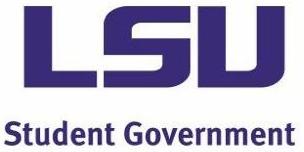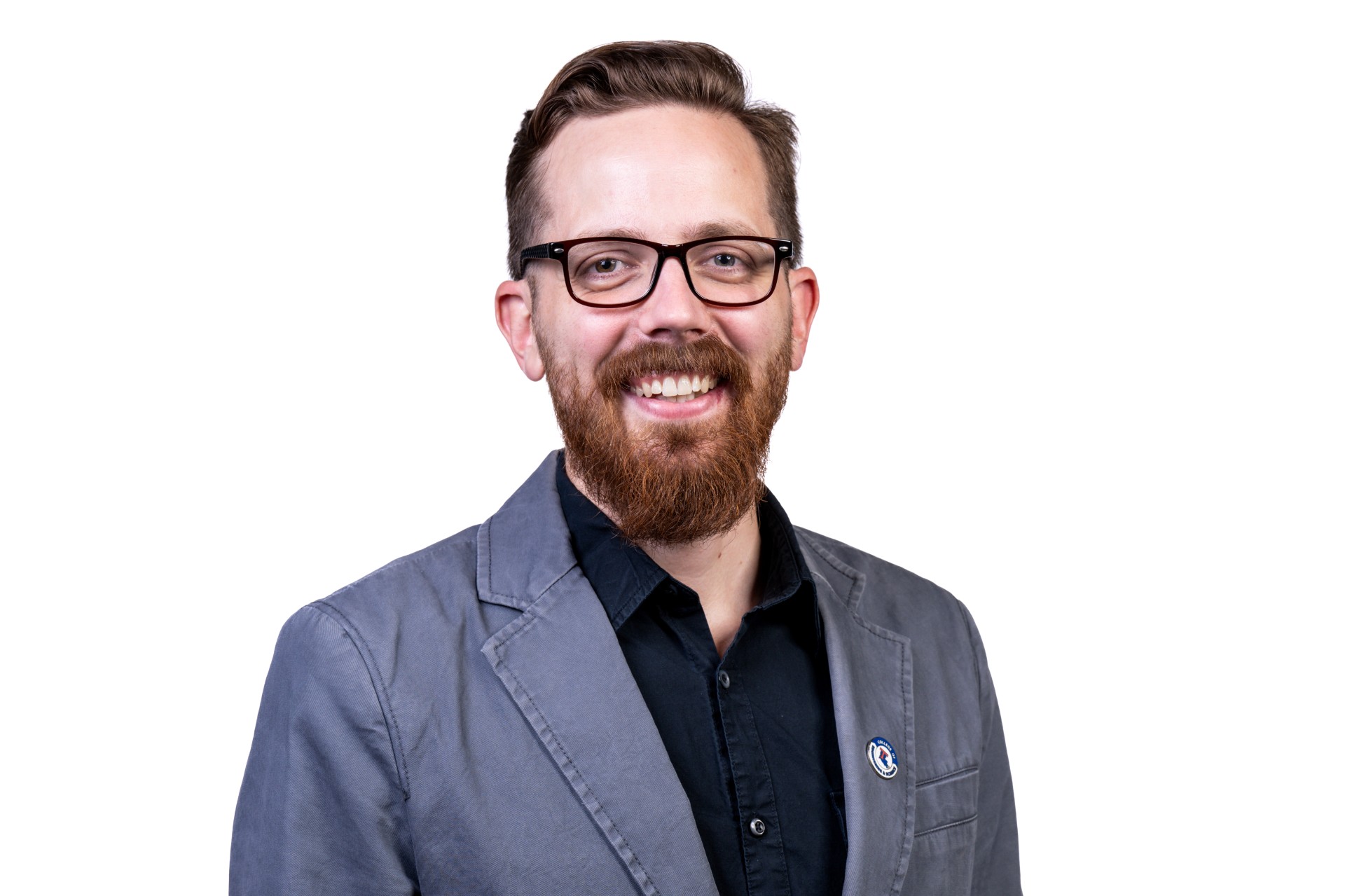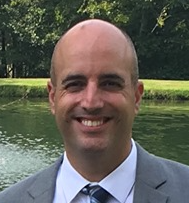LSU Mathematics Student Colloquium
The goal of the LSU Mathematics Student Colloquium is to give both undergraduate and graduate students the opportunity to hear and interact with speakers from across the country, providing information and perspective possibly relevant to their graduate and postgraduate careers.
Each invited speaker will spend several days at LSU, giving multiple talks and making himself or herself available to undergraduates.
Talks are not confined to the math department but open to everyone. Those majoring in related fields are encouraged to come.

We are a chartered LSU student organization (constitution and bylaws). We are munificently funded by the Student Government Programming, Support, and Initiatives Fund (PSIF), and the LSU Mathematics Department. We are grateful for the generous past funding made by grants from the National Science Foundation (a VIGRE grant) and the Board of Regents.
Friday, November 14: Jonathan Walters

Dr. Jonathan Walters serves as the Program Chair and Senior Lecturer in the Department of Mathematics and Statistics at Louisiana Tech University. Some of his research interests include theoretically and numerically analyzing control systems for PDEs, and numerical analysis and finite element methods applied to a micro air vehicle distributed parameter system.
Student Colloquium (Lockett 138; Friday, November 14, 12:30-1:30pm)
Title: Control Strategies for Flexible Wing Aircraft
Abstract: Flexible wing aircraft are inspired by nature and are being studied and developed by many major aerospace companies. In our work, we model small scale aircraft using partial differential equations and employ linear control strategies to shape the wings to a desired target state. Our work has previously consisted of studying linear controllers such as LQR and LQG applied to our system and studying different damping mechanisms based on material composition. More recently, we've updated our model to incorporate piezo-ceramic patches as realistic controllers and sensors. An overview of the project and current progress will be presented.
Tuesday, November 18: Paul Sobaje

Paul is an Associate Professor at Georgia Southern University. He received his PhD in 2011 from the University of Southern California, and held post-doctoral positions at the University of Melbourne, University of Southern California, and University of Georgia before moving to Savannah, Georgia. Paul's research is centered around the representation theory of algebraic groups and group schemes in positive characteristic.
Student Colloquium (Lockett 276; Tuesday, November 18, 3:30-4:30pm)
Title: Affine Group Schemes and Frobenius Kernels
Abstract: We will give an introduction to affine group schemes over a field k from the viewpoint of k-group functors. These objects generalize the notion of an affine algebraic group over k. One of the most important examples of affine group schemes that are not algebraic groups come from the Frobenius kernels of algebraic groups in characteristic p > 0. We will discuss these objects and, time permitting, their representation theory. Bio: Paul is an Associate Professor at Georgia Southern University. He received his PhD in 2011 from the University of Southern California, and held post-doctoral positions at the University of Melbourne, University of Southern California, and University of Georgia before moving to Savannah, Georgia. Paul's research is centered around the representation theory of algebraic groups and group schemes in positive characteristic.
Gallery
See for photos of our previous student colloquiums.